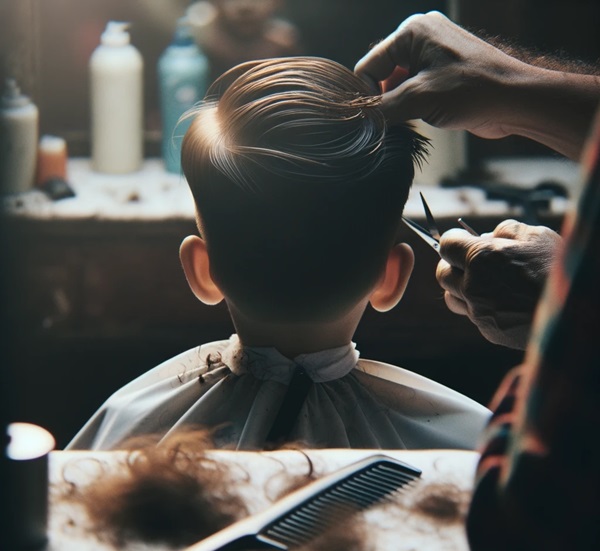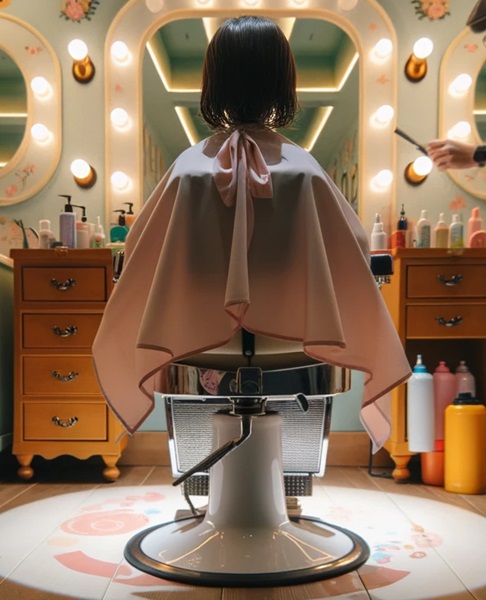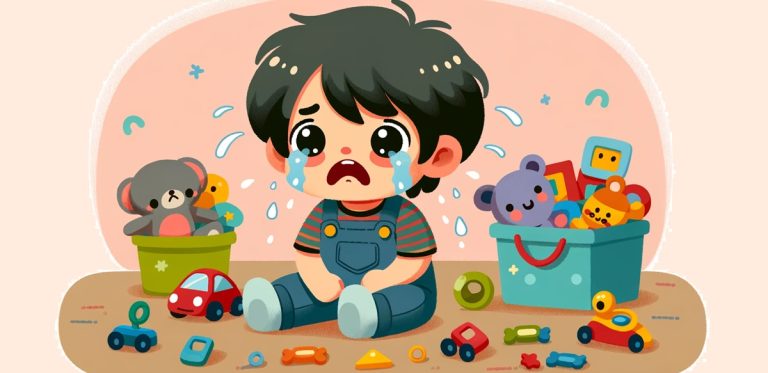Tips For Cutting An Autistic Child’s Hair

Haircuts can be challenging for autistic children due to sensory sensitivities and difficulties with transitions. However, there are techniques parents and haircutters can use to make the process easier and more comfortable. Follow these tips to create a calm environment and a positive experience when cutting an autistic child’s hair.
Helpful Hair Cut Video From YouTube
1. Use Low-Noise Tools
Look for clippers, trimmers, and scissors designed to minimize noise and vibration. Unexpected loud sounds can be frightening. Quiet hair-cutting tools help reduce sensory overload. Opt for battery-powered tools rather than noisy electric ones.

2. Provide Noise-canceling Headphones
Allowing the child to wear noise-cancelling headphones while playing calming music can help block out unpleasant sounds. This gives them greater control over their sensory experience. Allow the child to choose their favorite music to listen to.
3. Use Familiar Scents
Incorporate familiar scents like lavender oil or a favorite lotion into the hair-cutting routine. Aromas the child associates with comfort can have a soothing effect. Let the child smell and approve scents before use.
4. Offer Toys and Other Distractions
Provide toys, books, or other engaging activities to distract the child during the haircut. This gives them something positive to focus on. Provide a variety of fidget toys and switch them out if needed.
5. Take Regular Breaks
Respect when the child needs a break. Even a 1-2 minute break to relax and self-regulate can make a big difference. Use a visual timer to indicate when the break will end.

6. Use Social Stories
Read social stories with pictures about getting a haircut to help the child understand what to expect. Review regularly before each haircut. Personalize the social story with photos of the child and their haircut location.
7. Introduce Haircuts Gradually
Start with just a few cuts and work up slowly over multiple sessions. This allows the child to get used to the process. Offer a preferred treat or reward after each successful haircut session.
8. Praise Progress
Offer lots of praise and encouragement, even for small cooperation. This builds the child’s confidence and trust. Provide concrete examples when praising the child’s specific accomplishments.
With preparation, patience, and compassion, haircuts can become a more positive routine. Celebrate all progress to reinforce the experience.
3 Top-Rated Autism Hair Cutting Kits

This haircut set, designed for those with sensory sensitivity, offers a gentle alternative to buzzing clippers and comes with various tools including scissors, combs, and a guide. Made in the USA, the kit provides different comb lengths and customizable fits, backed by a 2-year refund and lifetime guarantee

This baby hair clipper is designed to be quiet and safe, with a special blade that won't harm a baby's sensitive skin and is suitable for children up to 12 years old. It's fully waterproof, easy to clean, and simple to use, with guide combs and a compact design; for the best experience, introduce the clipper's sound to the baby before use.





